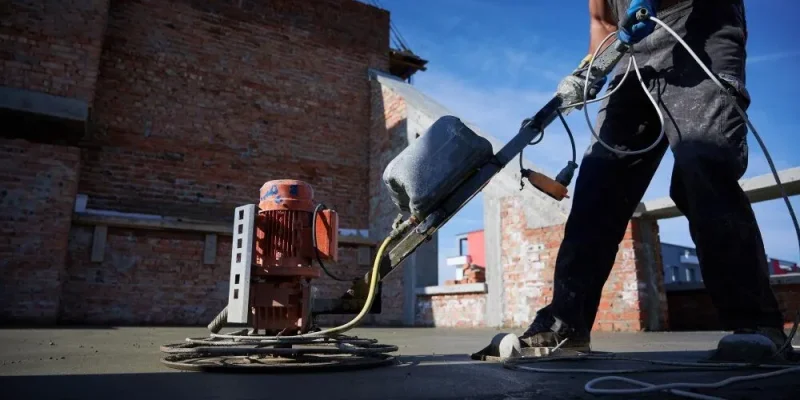In modern construction, concrete surfaces are not only appreciated for their strength and durability but also for their aesthetic appeal. One such surface is exposed aggregate concrete, often used in driveways, walkways, patios, and commercial spaces. To preserve both the look and performance of these surfaces, using an exposed concrete sealer is essential.
What is Exposed Aggregate Concrete?
Exposed aggregate concrete is created by removing the top layer of cement paste to reveal the decorative coarse aggregate beneath. This type of finish is popular for its slip resistance, durability, and unique texture. However, like all concrete surfaces, it is susceptible to weathering, staining, and wear over time. Without proper protection, these surfaces can degrade quickly, leading to costly repairs and maintenance.
Why Use an Exposed Concrete Sealer?
An exposed concrete sealer is a protective coating applied to the surface of exposed aggregate concrete. Its primary purpose is to shield the concrete from moisture, UV rays, oil, and other contaminants that can cause staining, fading, and structural damage. In the construction industry, applying a quality sealer is a crucial step in prolonging the lifespan of exterior concrete installations.
Sealers also enhance the appearance of exposed aggregate by deepening color contrast and adding a subtle sheen. This makes the concrete not only more durable but also more visually appealing—an important factor for both residential and commercial projects.
Types of Sealers Used in Construction
There are several types of sealers suitable for exposing concrete, including acrylic, epoxy, and penetrating sealers. Each type has its own set of advantages depending on the project’s requirements:
- Acrylic sealers are quick-drying and enhance the color of the aggregate.
- Epoxy sealers offer a high-gloss finish and superior chemical resistance.
- Penetrating sealers soak into the concrete and provide long-lasting protection without altering the surface appearance.
Choosing the right sealer depends on factors such as climate, traffic levels, and desired finish. Professionals in the construction industry often assess these elements before selecting the most appropriate product.
Maintenance and Longevity
Regular maintenance of sealed surfaces includes occasional cleaning and resealing every few years, depending on foot traffic and exposure. This small investment goes a long way in preserving the integrity of the concrete and minimizing long-term repair costs.
In construction, durability and aesthetics go hand in hand. Applying an exposed concrete sealer ensures that concrete surfaces remain strong, attractive, and protected against the elements. For contractors and property owners alike, it is a cost-effective way to enhance the value and performance of exposed aggregate finishes.

Comments